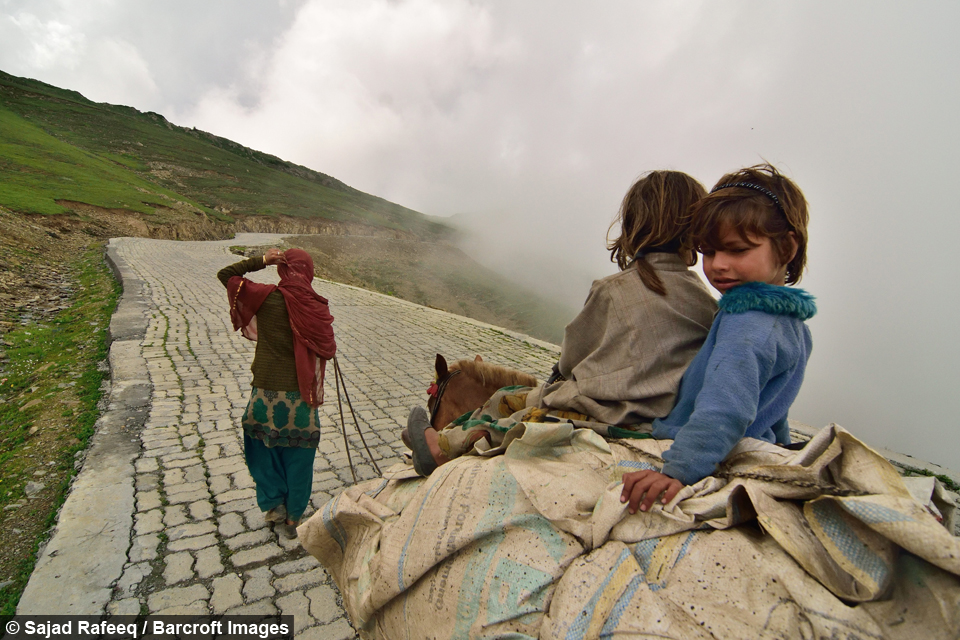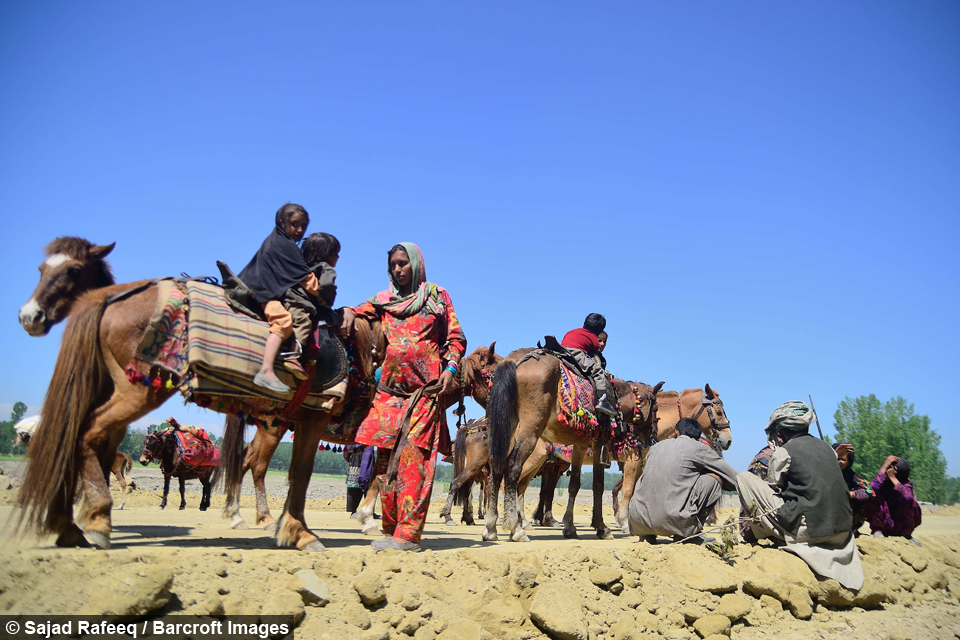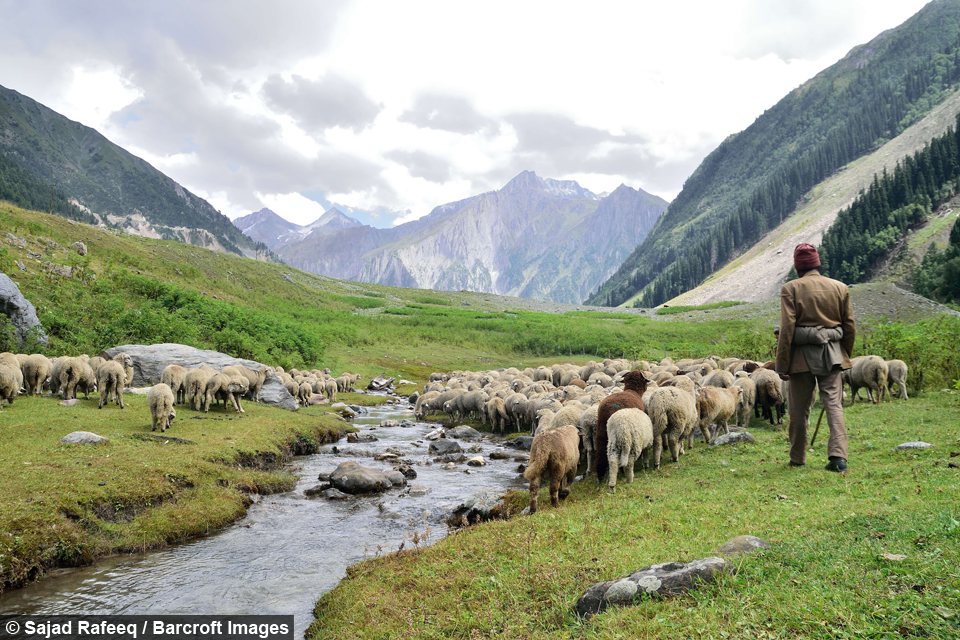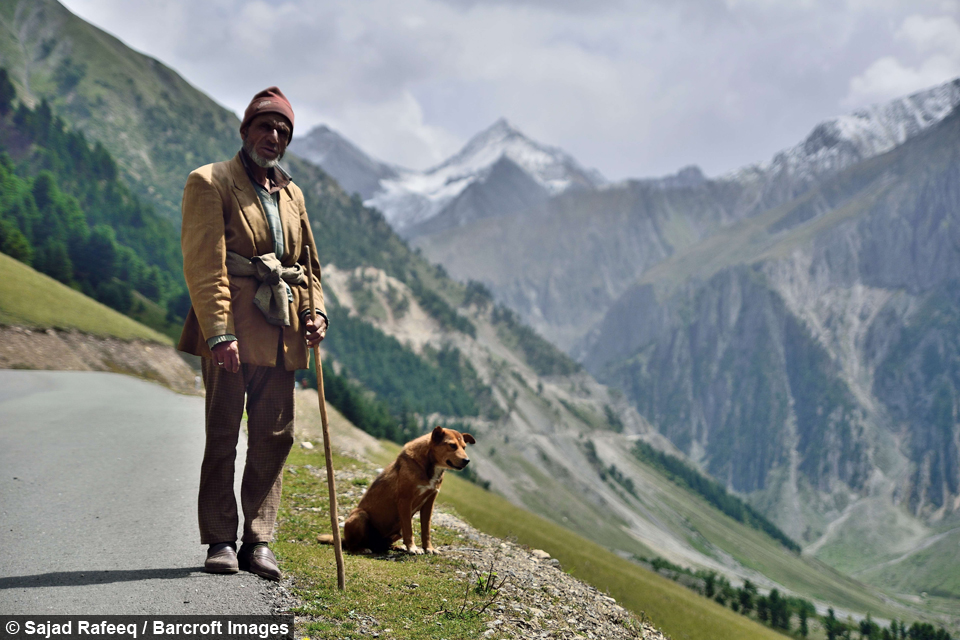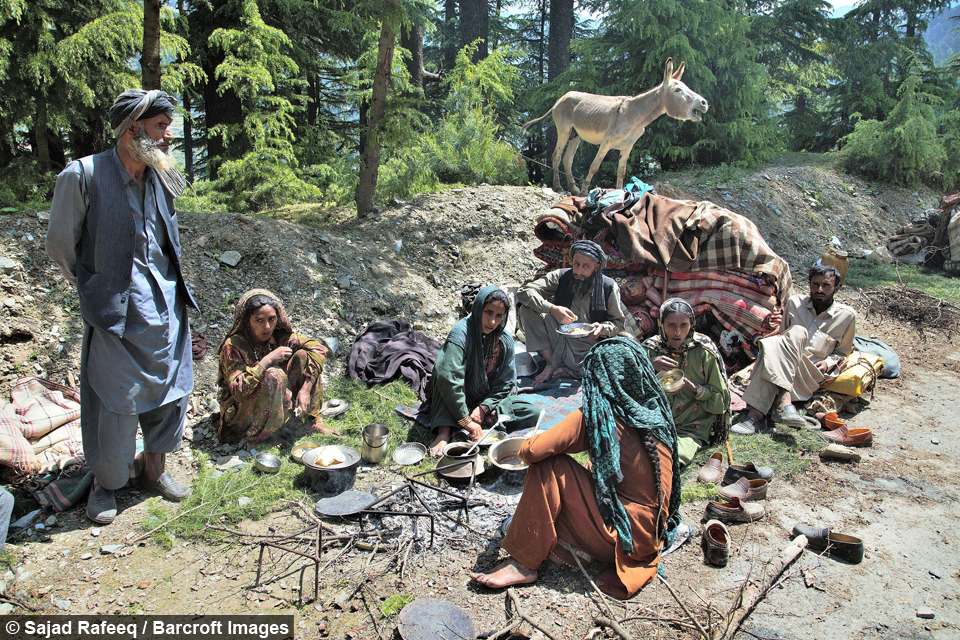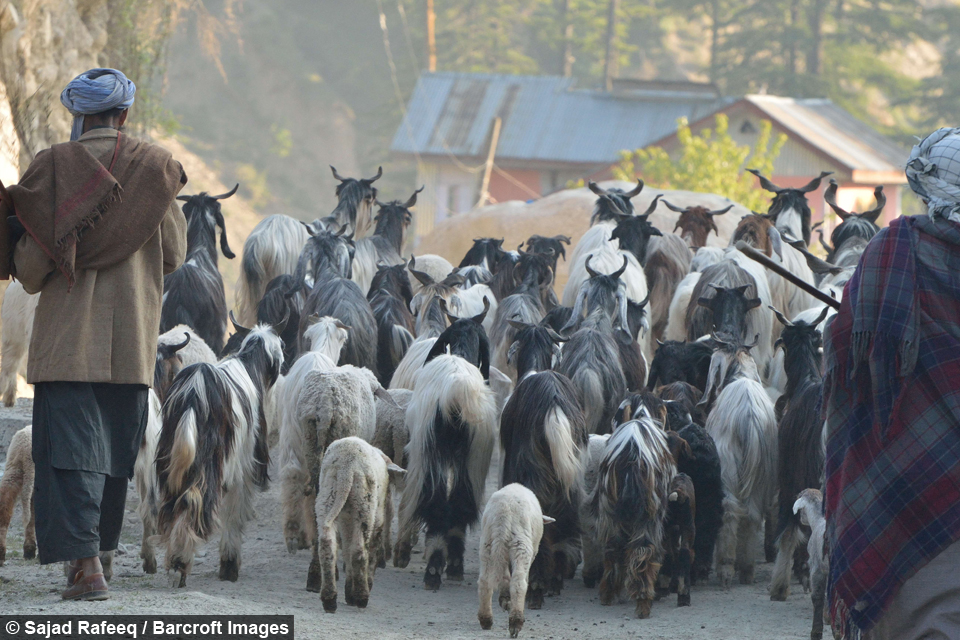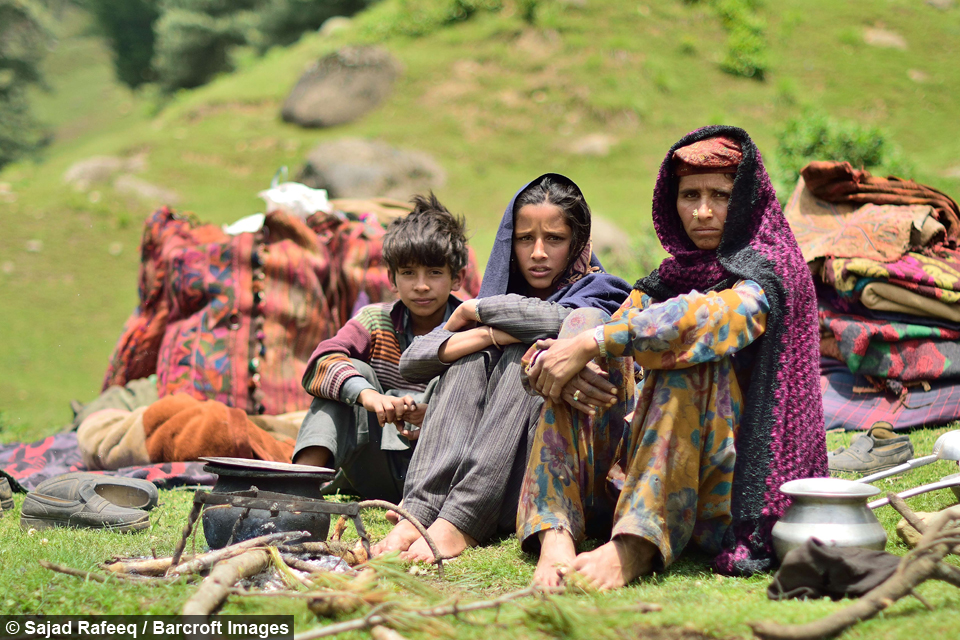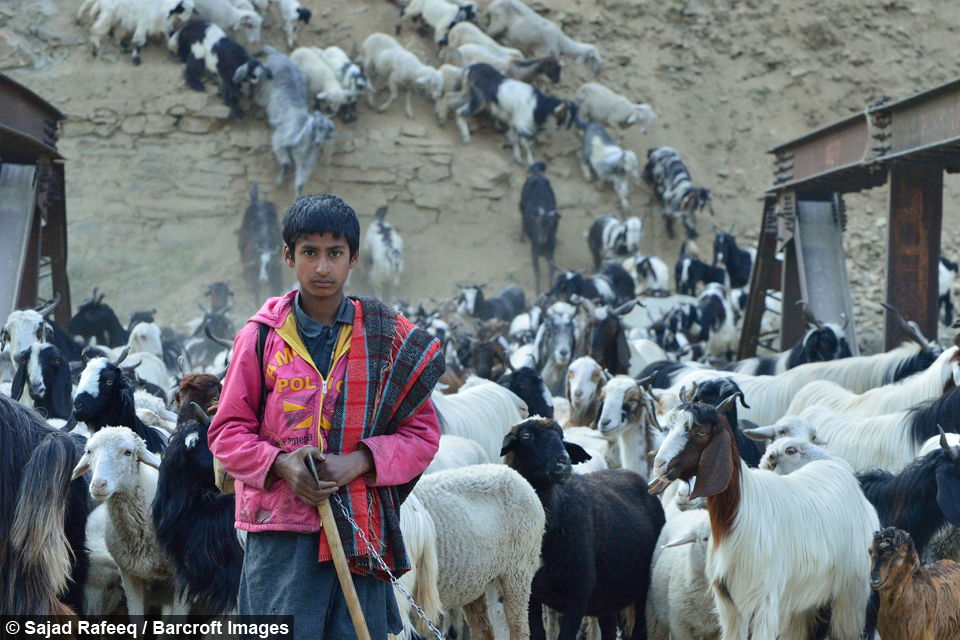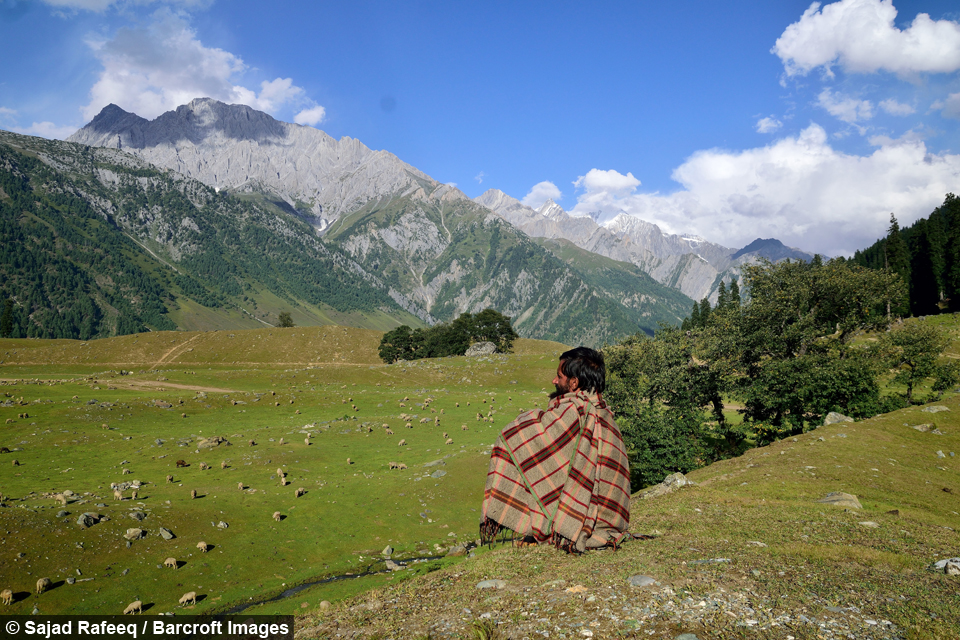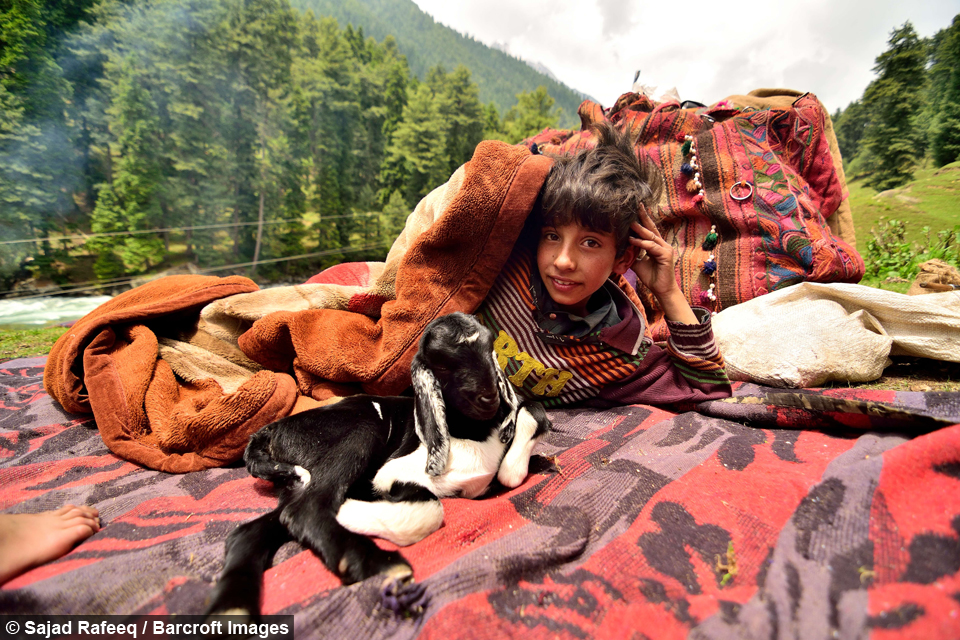Inside the nomadic life of the Gujjars and Bakarwals
By Haziq Qadri @haziq_qadri
Scroll down for the full story
The Gujjars and Bakarwals are the two unique ethnic groups that rear flocks of sheep and goat between high and low altitudes of Western Himalayas.
In summer, these groups migrate to upper reaches of the valley and in winter, they take their flocks to the lower areas of the valley to protect themselves from the harsh cold.
The habitat of these people is in the hilly terrain of the North-Western Himalayas.
Abdul Jabbar Khan, 50 - a Gujjar nomad - said: “Our life revolves around our flocks. We setup our camps wherever our flocks are safe."
The Gujjar-Bakarwals claim a common ancestry from the ancient Gujjar tribe of India. Some of the scholars are of the opinion that they are the foreign stock representing the pastoral nomads of Central Asia.
However, some are of the opinion that the Gujjars are the descendants of the Kushan and the Yuchi tribes of Eastern Tatars (Russia). Even some scholars hold the view that they are of Indian origin.
The annual migration starts when the summers hit the northern hemisphere in the months of April and May and these people start their migration from the hotter areas of Jammu region to colder, mountainous region of Kashmir.
They travel back to Jammu in the month of October before the onset of winters in Kashmir Valley.
These tribal people follow the custom of annual migration of their sheep and cattle and keep travelling all year round; because of this, their children are deprived of education.
Mohammad Ramzan, 45 - an ethnic Bakarwa - said: “We keep running from one place to another, so there is no way we can keep our children behind in schools.”
In 2011, the Jammu and Kashmir Government approved 100 ‘mobile schools’ to be set up for the nomad children in a bid for them to keep up with their studies everywhere they went.
